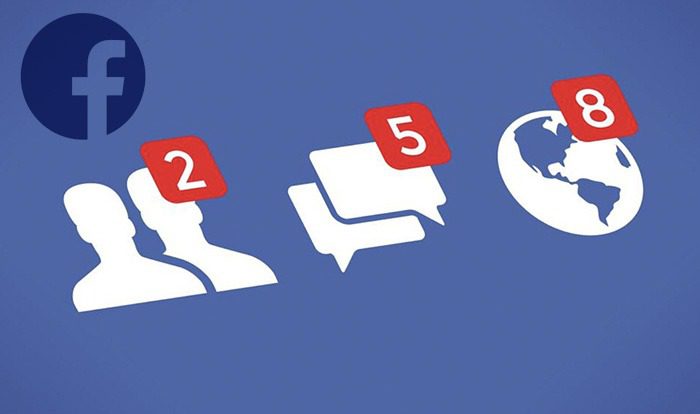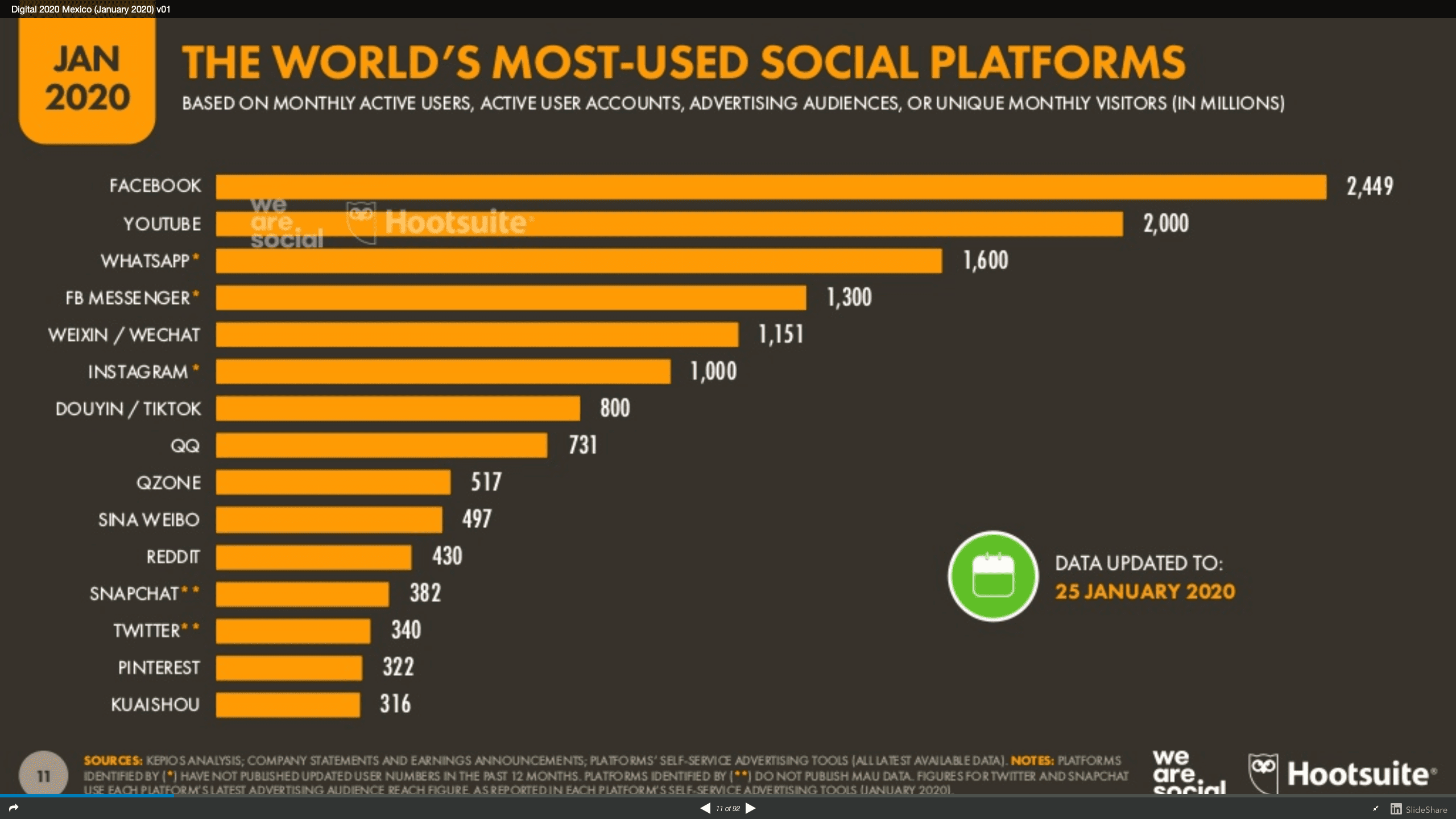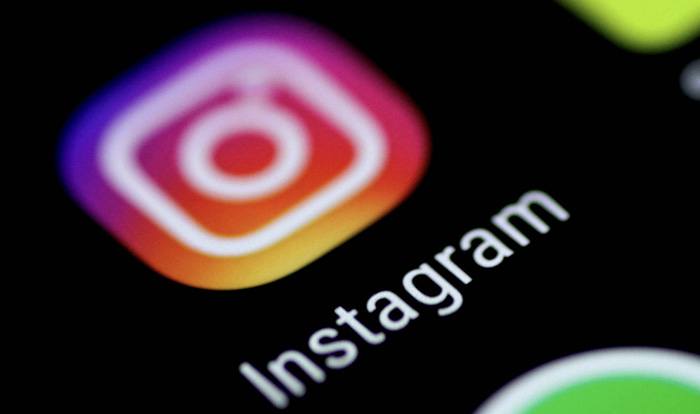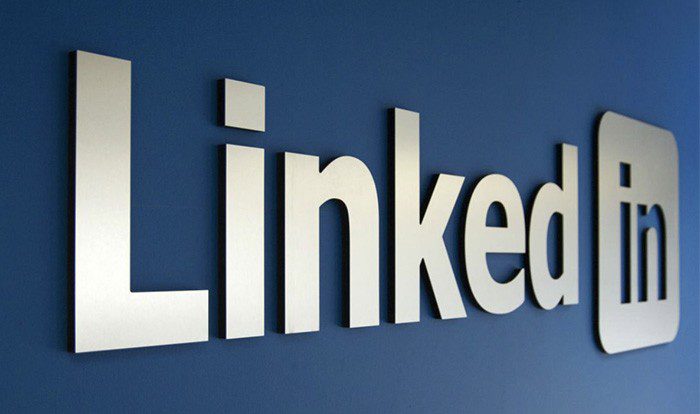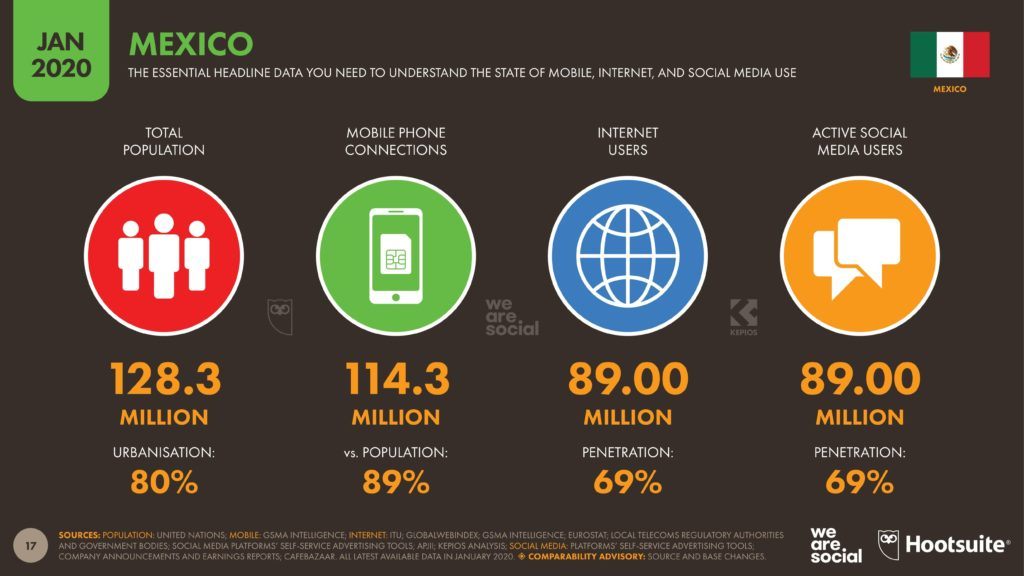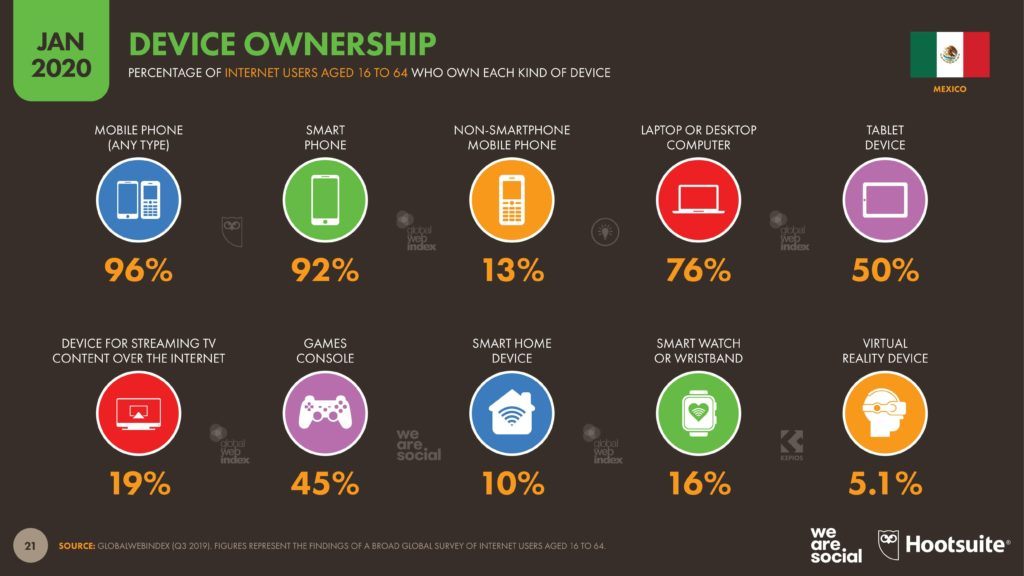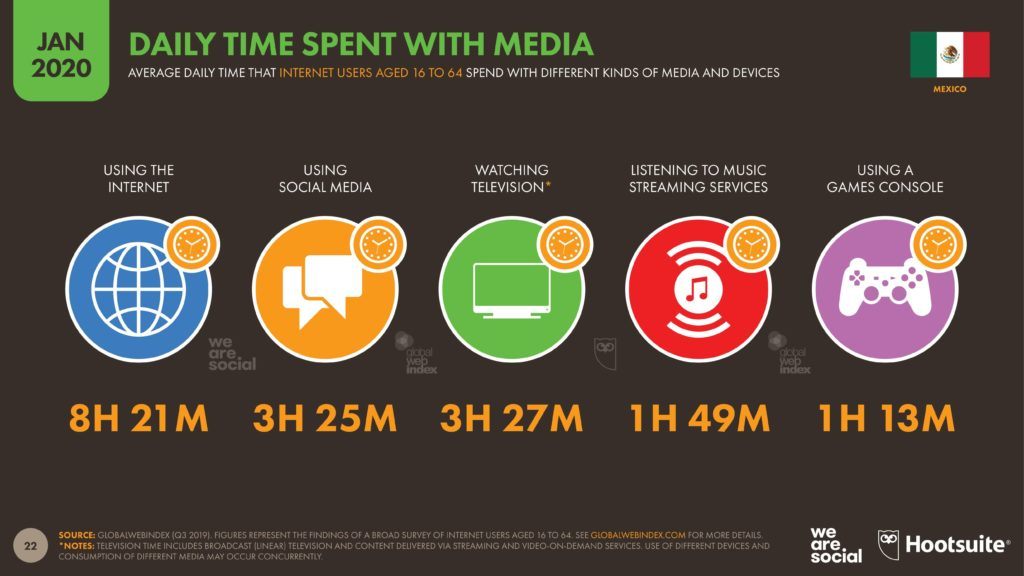
How to reinvent your brand in the digital era?
Listening to a prospect’s problems changes your perspective and the better you listen to their needs, the better you realize how your business should be run.
It is common when someone wants to launch a business and they are not interested in learning much about digital strategies and tools.
The budget that everyone seems to want to have very low budgets and spectacular returns.
On top of all the immediate results, digital results that the entrepreneur doesn’t really understand.
And if that were not enough, it seems that achieving positioning is something that all agencies achieve with little work.
When we talk about reinventing ourselves, we can think of it like water, which no matter what container it is poured into, takes the shape of its container.
So if you’re thinking “sell by product or service” right off the bat, we’re off to a bad start, and there are several reasons why.
So why ask the question, where should we start?
For example, the pandemic that we are just passing through is a situation that has definitely altered our shopping behavior.
It is vital at this time to remember that the digital era has advanced in months what would have taken years, and market penetration is at another level.
Another important aspect to consider as a result of this is ordering food through Uber or your pantry through Cornershop.
The mindset is the most difficult aspect to digest and it’s the perfect time to figure out how to differentiate yourself.
The new business owner requires a new set of skills with a present sense of purpose and support.
Today’s profitable businesses are no longer positioned with advertising, because we don’t like to be sold to or interrupted in the first place.
To put it in perspective, what we know as brand positioning, or the famous differentiator, has evolved over the years.
For example, Coca-Cola positioned itself when there was less competition, in an era without internet and with traditional media.
So companies of this caliber do not serve as examples for us, companies like Microsoft, Apple, BMW, Audi, etc.
So we need to look at new business models of successful ventures.
We all know Spotify, as of the year I write this article (2020) Spotify is already 14 years old since it was founded.
This streaming platform has a solid base of approximately 30 million premium users and if each user pays say 10 USD, we have 300 million monthly revenues.
This is what scalability means in a business, being able to increase your customer base and not needing to substantially increase your customer service, as it can be in a consulting service, for example.
It seems to me that we are getting to a good point, because now we will talk a little bit about what e-commerce really means.
First of all, e-commerce is not the online store selling products, that is just another model of e-commerce.
So when we think, how to develop digitally in our company, we have to forget old concepts and have a mindset of constant change of mind.
I can never emphasize this aspect enough, which is the cornerstone of how we work in this new digital age.
That is what this blog seeks to share, to share these types of ideas for the creation of better companies.
The new way of thinking in marketing no longer seeks to persuade people, it no longer seeks to sell, it seeks to gain people’s trust.
It’s about creating content that genuinely adds value.
If you think you don’t have time to create content or you’re a busy person who won’t have time to understand and learn new digital strategies then stop.
The new marketing is about being able to experiment and get as much wrong as possible as cheaply as possible.
Think of it this way; in the past, a market study had a very high cost and was a very complicated process that required many people.
And I want to emphasize here, how did they decide before which ad to air or which spectacular to run?
Basically, everything is arbitrary, there is no rationale, there is no data and there is no tracking and no customer experience.
The sad thing is that today, even with these new digital tools, they are still sometimes used as traditional tools.
For example, a Google Ads search campaign, which is a type of campaign that is only for when someone performs a search on Google.
An expanded text ad has three titles and two descriptions.
And while it may seem like a piece of cake to fill five fields with text, many times campaigns just don’t work.
The reason this happens is that we forget that this is not a Google ad title but a message from which you seek to attract the person’s attention.
Today it is about having the ability to capture and hold people’s attention.
So for an ad to really work you have to try different ways of saying things, different words, different order, etc.
Later on I will write an article about how to create your first Google Ads ads explaining in more detail the process.
This concept of experimentation, split testing, a/b testing is literally that. The way to find out how something works best is to try another way of doing it and compare it.
Let’s assume that this ad we have set up is well done and receives a good number of clicks.
Once a person enters your website, there will be factors that make them decide between your company and the competition.
The first thing we have to differentiate ourselves as companies in the digital era is how we make our offer known.
Think about it, what reasons do I have to buy from this company that I don’t know and why should I trust them?
The answer lies in the content.
In the previous article I talked a bit about digital, organic and paid channels, but it is important to revisit this topic in this article.
We must seek to develop these valuable content channels to generate a traffic base that will increase over time.
But what kind of content can you create for your audience? Let’s remember that the market we are targeting is divided into demographics and tribes.
Later I will also touch on the issue of demographics and tribes, as it is essential to change the old idea of market segmentation.
Let’s say we have a YouTube channel with 100k subscribers do you think that subscriber base can be monetized? Sure.
But I don’t mean monetizing only with visits to your channel and YouTube paying you for the traffic generated.
With a base of followers we are more likely to have them buy our product because they are people who trust your content.
Building trust is key if we want to get to the next level.
Now, this kind of work is going to be the basis of your future business, this is what we should really call positioning.
Although positioning takes anywhere from months to a couple of years, it is how many have managed to scale their business.
Nowadays, we trust more and more those who have verifiable knowledge, that is to say that it really has been useful and relevant content.
In fact, at the end of this series of 56 articles we will review our analytics, information that I will share with you and you can see the results of this traffic attraction channel.
So reinventing ourselves in the digital age is obviously not going to be achieved by watching a video on YouTube or reading an article on a blog. But by a series of pieces of content that will make us ask ourselves questions that we finally seek the answers to.
In my opinion, the more full of questions they sit the better, as long as they are the right questions.
To ask these right questions, we really need to prepare ourselves, because as business owners we can’t afford not to know about digital business.
Now you have to identify your digital tools, which I divide into these categories:
- SEO
- SEM
- SOCIAL
SEO or Search Engine Optimization, refers to being optimized for search engines and positioning the content we have created.
When haven’t we asked a question on Google and solved our problem with a piece of useful content?
SEM or Search Engine Marketing refers to search engine marketing, which translates into any type of ad campaign.
It doesn’t matter if it’s in the form of a video on YouTube, text in Google search results or a display on a blog or advertisement on social networks.
SOCIAL refers to any social platform, such as Pinterest, DeviantArt, Facebook; Instagram, TikTok, among many others.
It is important that you start getting to know these tools and explore how to play with them to create new proposals.
Because let’s face it, if you’re an entrepreneur and you’re about to hire a digital marketing agency, what makes you sure you’re going to choose the right agency?
The only way to be able to make the right decisions is the same way you should approach your growth, with content.
In essence, it is the “buyer’s journey” and refers to the process a person has to go through to solve a certain problem and buy.
This customer buying journey has many stages and we can identify them by the type of question it is.
The broader and more general it is the further away you are from making a purchase, and the more particular the questions become the closer you might find yourself.
Later I will share in another article more detailed concepts of the customer’s buying journey, how to plan your content.
If you write it, how long should it be, as well as think about what to talk about or how to unlock the mind to create content.
So in order to constantly reinvent ourselves, we must learn new concepts, learn other ways of doing business.
It is all about exploring and experimenting, we have the advantage of being able to start small experiments and adjust with lower costs.
It is time for a much faster game of chanca and the best way to gain speed is with knowledge.
One book that really helped me challenge how I thought about approaching digital is GROW! INBOUND MARKETING SYSTEM If you get a chance to read this book, it would be great.
So let’s keep learning and finding new ways for our businesses.


